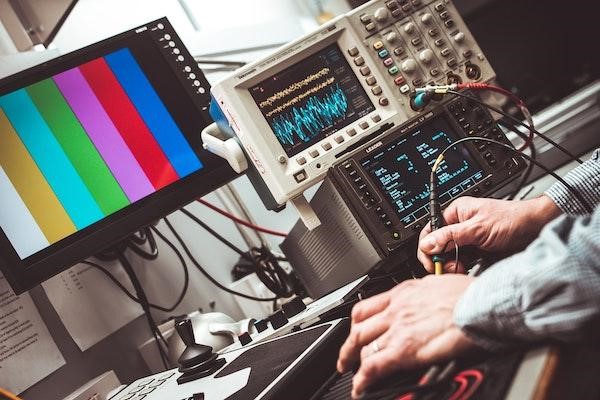How Rotary Actuators Elevate Modern Engineering: An Overview
An electric rotary actuator uses an electric motor to create rotational movement. Most operators favor its accurate control, rapid response, and suitability for tough conditions, surpassing pneumatic, hydraulic, and mechanical actuators. These features make it a go-to option for various industrial and modern engineering uses. Examples of its application and how it enhances modern engineering encompass the following:
Manufacturing and Industrial Automation
In the manufacturing and industrial automation world, rotary actuators come into play for governing the motion of machinery and apparatus. With precision and finesse, rotary actuators electric setups can help companies accomplish the following tasks:
- Open and close valves: This capability ensures proper control of processes and heightens the efficiency and productivity of the manufacturing and industrial setups.
- Regulate robotic arms’ movement: By performing complex tasks with ease, rotary actuators increase accuracy, reduce downtime, and improve the ability to adapt to evolving production demands.
- Position cameras and sensors: In the age of technological advancement, using sensors and cameras has become a non-negotiable aspect of manufacturing and industrial operations. Here, rotary actuators play a crucial role by finely tuning the positioning of these sensors and cameras.
Automotive Engineering
Regarding automotive engineering, rotary actuators oversee the precise movement of flaps and valves within the engine and exhaust parts. Beyond this, their significance extends to enhancing the efficiency and functionality of power steering mechanisms and the responsive dynamics of suspension systems.
Medical Equipment
In medical equipment, rotary actuators are essential components seamlessly integrated into various advanced equipment like imaging devices. Plus, they are helpful in other medical equipment, including CT scanners, dialysis machines, and MRI systems. These actuators guarantee fluidity and precision movements, thereby contributing to the effectiveness and accuracy of diagnosis and therapeutic procedures.
Aerospace and Defense
Aerospace and defense sectors capitalize on electric rotary actuators as indispensable elements within aircraft and spacecraft. These specialized actuators command essential surfaces that control flight, like flaps and rudders, guiding the path accurately. In addition to aerial navigation, their use extends to missile guidance systems, as they facilitate targeted accuracy.
Farming Automation
Agricultural processes benefit from the pivotal role played by agricultural actuators in mechanization. These actuators provide essential motion functions like pushing, pulling, injecting, triggering, and more to agricultural machinery. Notably, electrical actuators ensure efficient operations.
Historically labor-intensive tasks like planting and harvesting have transformed, with automation now driving these activities through various devices. A notable advantage is that many of these devices operate autonomously, eliminating the need for human intervention. Such devices include automated tractors and harvesters, seed planting equipment, and automated farm maintenance and monitoring systems.
Construction Sector
The construction sector relies heavily on different machinery and equipment. These tools must function effectively in demanding weather conditions while withstanding vibration, shock, and debris. Given these challenging work settings, sturdy electric rotary actuators designed for construction purposes are crucial to ensure accurate motion control.
In construction, rotary actuators are vital. Nearly every moving part, including throttles, steering wheels, mirrors, stairs, doors, hatches, and lifts, uses at least one rotary actuator to control motion.
Home Automation
Electric rotary actuators are useful in various commercial, personal, and industrial contexts. These actuators support numerous appliances, furniture pieces, and functional and aesthetic elements in residential setups.
The rotary’s integration within homes elevates convenience and efficiency and reduces manual effort. These actuators enable appliances to be programmed and thus automate responses that enhance the homeowner’s quality of life.
Noteworthy instances of such enhancements are apparent in various scenarios:
- Windows with shutters or blinds can adapt to sunlight variations through actuator-driven adjustments.
- Some garages and driveways incorporate turntables that effortlessly rotate vehicles, allowing drivers to exit without reversing.
- The garage door’s opening and closing can be automated so that you can control it from the comfort of your car.
Bottom Line
In summary, rotary actuators are vital in governing machinery and equipment motion in various modern industries and applications. They are popular thanks to their accurate control, high torque, and enduring performance.

